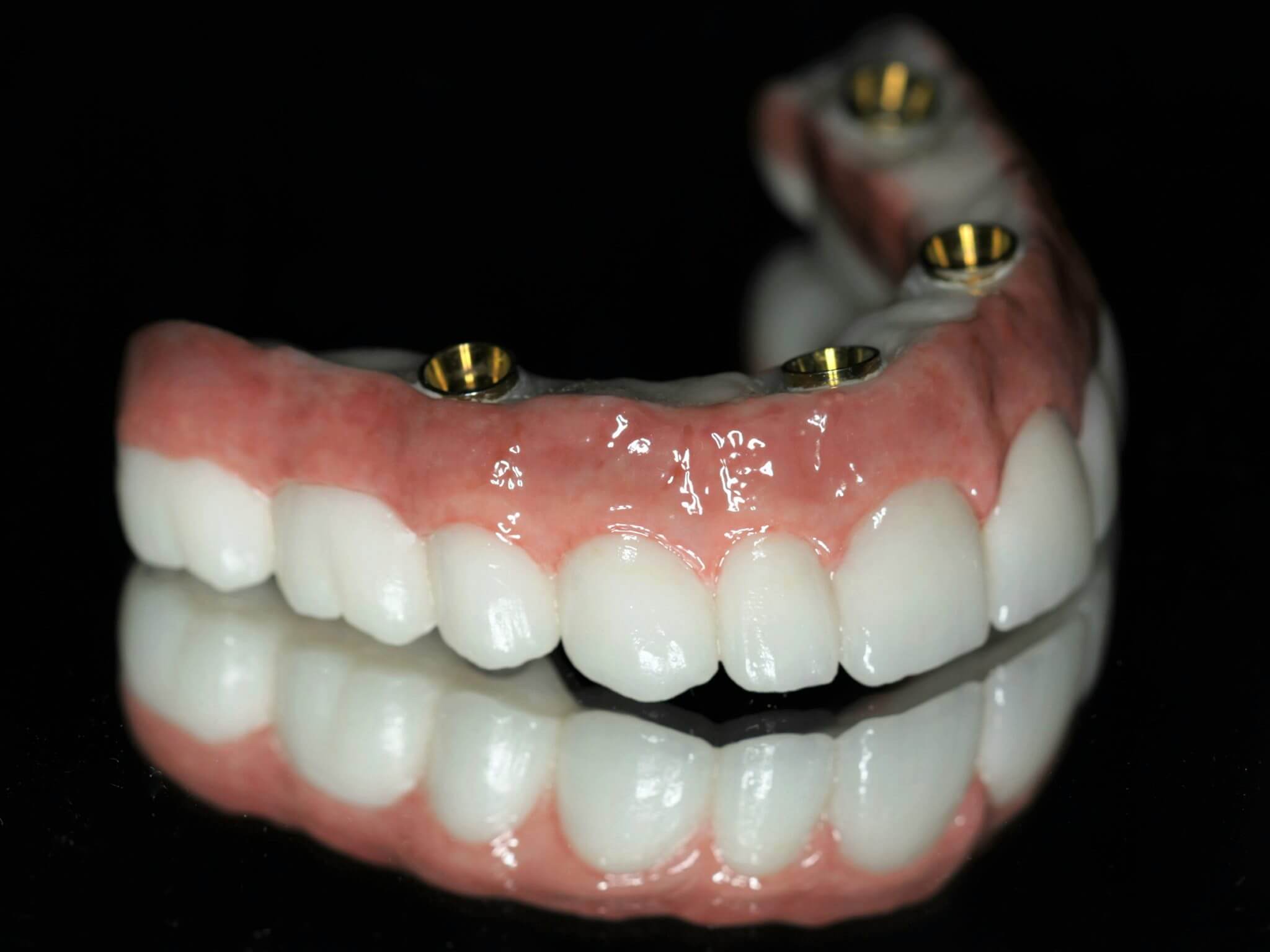The Basic Principles Of Dental Sense
The Basic Principles Of Dental Sense
Blog Article
5 Simple Techniques For Dental Sense
Table of ContentsHow Dental Sense can Save You Time, Stress, and Money.The Basic Principles Of Dental Sense The Dental Sense StatementsThe Basic Principles Of Dental Sense
are medical devices surgically implanted right into the jaw to recover a person's ability to eat or their look. They supply support for artificial (phony) teeth, such as crowns, bridges, or dentures. When a tooth is shed due to injury or disease, a person can experience complications such as quick bone loss, defective speech, or adjustments to chewing patterns that cause discomfort.Dental dental implant systems are composed of an oral implant body and dental implant abutment and might likewise consist of an abutment addiction screw. Same day dental implants. The oral implant body is operatively put in the jawbone instead of the tooth's root. The dental implant abutment is usually affixed to the dental implant body by the abutment addiction screw and expands via gums into the mouth to sustain the affixed synthetic teeth
(https://www.domestika.org/en/dentalsense1)Structure of The Dental Implant System selecting dental implants, speak to your dental provider concerning the prospective benefits and threats, and whether you are a prospect for the procedure. Points to consider: Your overall wellness is an essential factor in determining whether you are a great candidate for dental implants, the length of time it will certainly require to heal, and how much time the implant may remain in place.
Smoking cigarettes might impact the healing process and reduce the long-term success of the implant. The healing process for the dental implant body may take several months or longer, throughout which time you usually have a short-lived joint in place of the tooth. the oral implant treatment: Thoroughly adhere to the dental health guidelines offered to you by your oral service provider.
What Does Dental Sense Mean?
Implant failure can cause the need for another procedure to take care of or replace the implant system. Brings back the capability to chew Brings back cosmetic appearance Assists keep the jawbone from reducing as a result of bone loss Maintains the wellness of the surrounding bone and periodontals Helps maintain surrounding (nearby) teeth stable Improves quality of life Damages to bordering natural teeth during implant positioning Injury to the surrounding tissues throughout surgical procedure, such as sinus opening Injury during surgical treatment (as an example, crack of surrounding jawbone) Poor function, such as seeming like the teeth do not bite together normally A feeling that the tooth hangs or twisting in position resulting from a joint screw loosening Implant body failure (looseness of the dental implant body) due to systemic infection, which might be a lot more most likely in clients with unrestrained diabetes due to local infection in bone and gum tissues supporting the implant body as a result of delayed healing, which might be more probable in patients who smoke Problem cleaning the periodontals around the implant, leading to poor oral health Without treatment periodontal illness Post-surgical feeling numb because of nerve impingement or damage Constantly notify healthcare service providers and imaging specialists that you have oral implants prior to any magnetic resonance imaging (MRI) or x-ray procedures.
FDA is not familiar with any adverse events reported for MRI or x-ray treatments with dental implants. Dental implants systems are generally constructed from products that comply with international consensus requirements of the International Organization for Standardization (ISO) or ASTM International. These requirements have details of what makes a risk-free product.

An oral implant is a structure that replaces a missing tooth. With screw-like devices, the specialist inserts an implant right into the jawbone, and it functions as an anchor for a synthetic tooth, called a crown. her comment is here A device called a joint connects the artificial tooth to the oral implant. The crown is customized to fit the person's mouth and match the color of their teeth.
Not known Facts About Dental Sense
Some individuals are not qualified for dental implant surgical procedure. It is for oral surgeons to operate on people with: severe illnessuncontrollable metabolic diseasebone or soft tissue disease or infectionIf these issues are fixed, a person can have the surgery. In, oral surgeons abstain from operating on people with: If individuals with any of the above undertake oral implant surgical treatment, there is a greater risk of the dental implant failing.

Dental implant surgical procedure is a customized procedure. Give you time to heal. Affix the blog post and final crown, bridge or denture.
Next off, your specialist will very carefully put the dental implant into your jaw. Ultimately, your doctor will certainly rearrange your periodontals and shut the cut with stitches. If your implant is near the front of your mouth, your dentist will make a temporary tooth for you to wear until you heal. In this way, you won't have a void in your smile while you recoup.
The Dental Sense Ideas
Your copyright can inform you what to expect in your situation. During the recovery stage, your jawbone ought to fuse to the dental implant. This process, called osseointegration, is crucial for security and long-lasting success. This procedure can take anywhere from 3 to nine months. In many cases, it may take much longer.
As soon as your dental implant heals, your dentist can affix the joint (small connector article) and your final restoration (crown, bridge or denture). This usually takes about one hour to finish and may call for a 2nd small surgical procedure. You shouldn't feel any kind of discomfort during your oral implant treatment due to the fact that your supplier will use medication to numb your gums.
Report this page